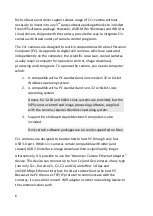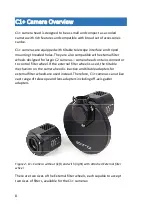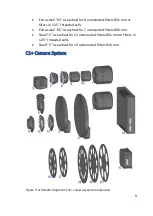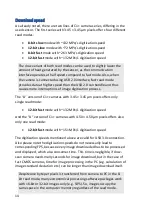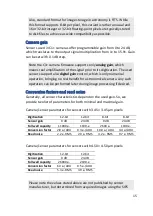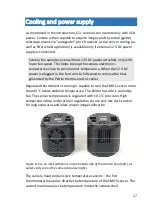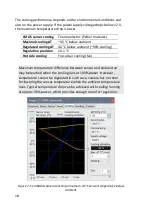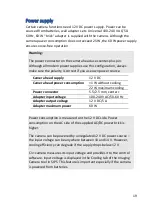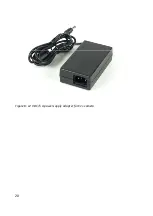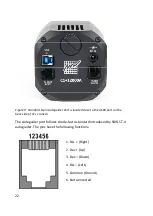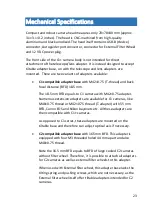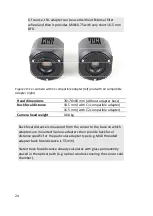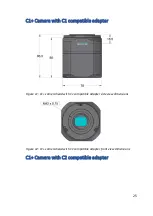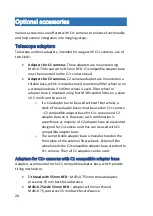
14
Download speed
As already noted, there are two lines of C1+ camera series, differing in the
used sensor. The first series with 3.45 × 3.45 μm pixels offers four different
read modes:
8-bit slow
mode with ~132 MPx/s digitization speed
12-bit slow
mode with ~72 MPx/s digitization speed
8-bit fast
mode with ~263 MPx/s digitization speed
12-bit fast
mode with ~132 MPx/s digitization speed
The slow variant of both read modes can be used to slightly lower the
amount of heat generated by the sensor, as the communication
interface operates at half speed compared to fast mode. Also, when
the camera is connected using USB 2.0 interface, fast read mode
provides data at higher speed than the USB 2.0 can handle and thus
causes more interruptions of image digitization process.
The “A” version of C1+ cameras with 3.45 × 3.45 μm pixels offers only
single read mode:
12-bit fast
mode with ~132 MPx/s digitization speed
And the “A” version of C1+ cameras with 4.50 × 4.50 μm pixels offers also
only one read mode:
12-bit fast
mode with ~151 MPx/s digitization speed
The digitization speeds mentioned above are valid for USB 3.0 connection.
Also please note the digitization speeds do not necessarily lead to
corresponding FPS, because every image downloaded has to be processed
and displayed, which also consumes time. This time is negligible, if slow-
scan camera needs many seconds for image download, but in the case of
fast CMOS cameras, time for image processing in the PC (e.g. calculation of
image standard deviation etc.) can be longer than image download itself.
Despite one byte per pixels is transferred from camera to PC in the 8-
bit read mode, many astronomical processing software packages work
with 16-bit or 32-bit images only (e.g. SIPS). So, images occupy the
same space in the computer memory regardless of the read mode.






